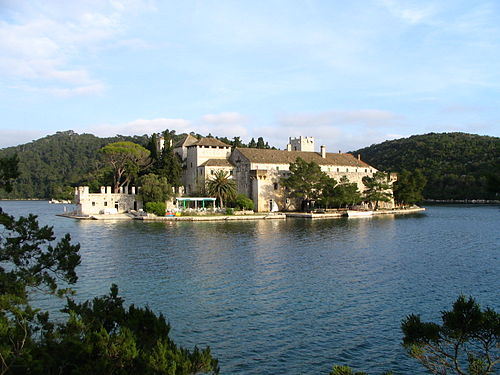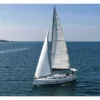Mljet: the most important information

Mljet, a picturesque island in the Adriatic Sea, tempts with its natural charms, picturesque lakes and lush forests. It is a place where history, culture and wildlife intertwine in unforgettable harmony.
Geography and population
The island of Mljet, also known as Meleda in Italian and Melita in Latin, stretches for a length of 37 km, with a width of no more than 3 km. The 135.19 km long coastline hides charming villages, including Babino Polje, as well as Goveđari, Sobra and Polače.
The 135.19 km long coastline hides charming villages, including Babino Polje, as well as Goveđari, Sobra and Polače.
Natural diversity
Mljet is a land of contrasts, where highland areas, reaching an average height of about 340 m above sea level, intertwine with picturesque lakes and forests. The highest peak is the impressive Veliki Grad, towering at 514 m above sea level.
Forests constitute nearly ¾ of the island’s surface, creating an unforgettable landscape. Coniferous forests are dominated by Aleppo pine, while in deciduous forests, mainly composed of evergreen species, holm oak dominates. Maquis thickets, with a local form known as kamenjara, decorate the arid areas of the eastern part of the island.
Mljet National Park
The pearl of Mljet is the Mljet National Park, covering approximately 1/3 of the island’s area. This is where two charming lakes are hidden: Veliki and Male. The monastery on the Great Lake adds historical and cultural spirit to this land.
By immersing yourself in Mljet National Park, you can discover wild nature in all its glory, enjoying the tranquility of the lakes and the picturesque surroundings.
Mljet is not just an island, it is a paradise for nature lovers and people who want to find harmony among the wild landscapes of the Adriatic Sea. Discover the charm of Mljet and immerse yourself in the unique atmosphere of this Croatian gem.




